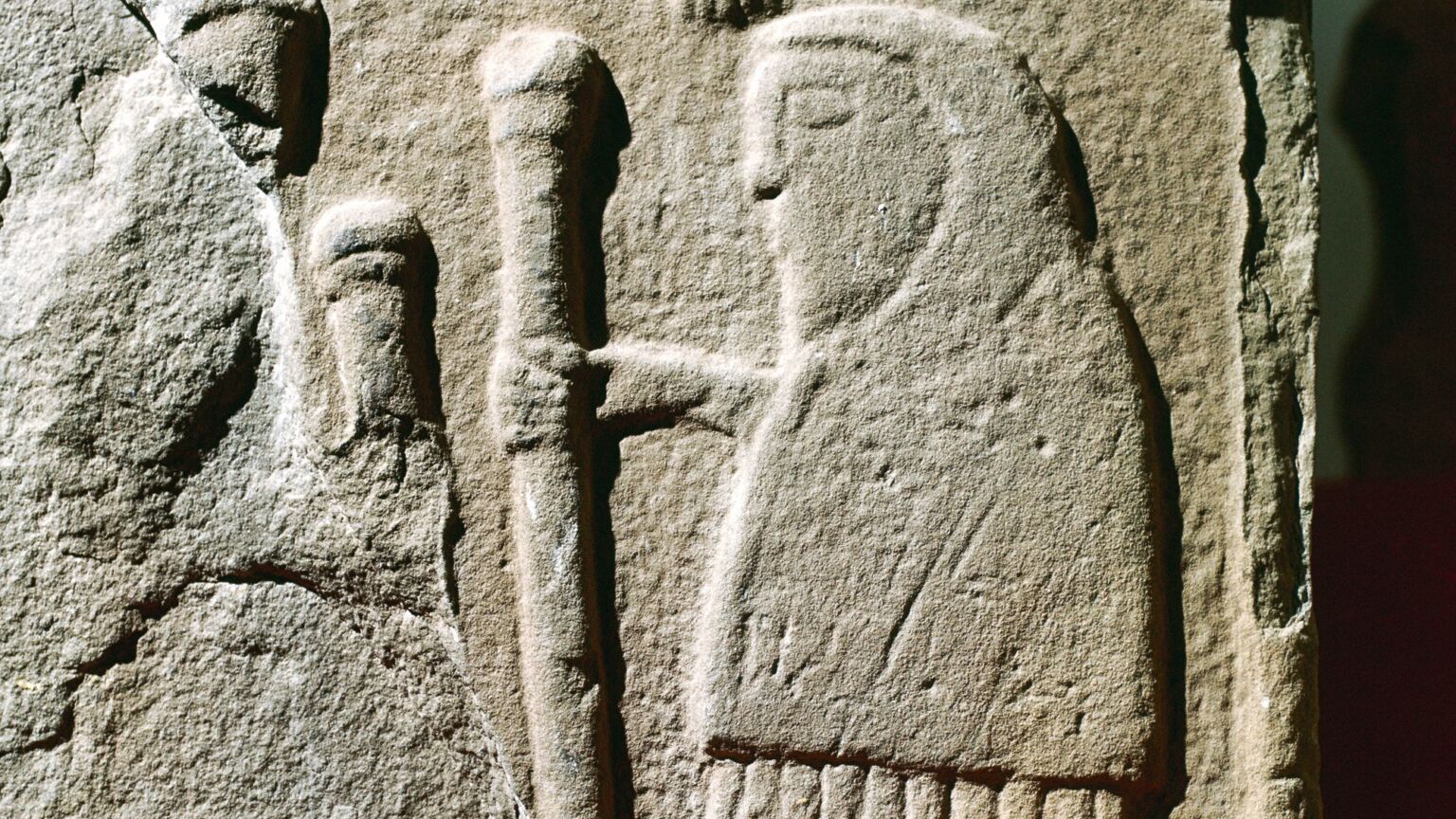No, the Picts were not black
A new book paints seventh-century Scotland as some sort of multi-racial, trans-friendly utopia.

Want unlimited, ad-free access? Become a spiked supporter.
Carved in Stone is ‘a storyteller’s guide to the Picts’, the people who lived in what is now northern and eastern Scotland over a thousand years ago. Produced in partnership with the Society of Antiquaries of Scotland, it draws on the work of an impressive roster of archaeologists and historians. But the real selling point is that the authors are gamers, and the book is designed in part for people who want to roleplay as Picts in games like Dungeons & Dragons.
In many ways, Carved in Stone is a fantastic resource for anyone with an interest in exploring the Picts. Having written one novel set in eighth-century Scotland, I would certainly use it as a reference in the course of writing the next one. But it is the illustrations that really struck me. The images are whimsical, reminiscent of a Studio Ghibli movie. They also feature several characters who are clearly black or brown. Jarringly, the proportion of such characters seems more reflective of the Glasgow Subway in 2025, as opposed to the Early Middle Ages.
Of course, it is not impossible that a stray African trader or two might have ended up in Pictland after a series of unlikely accidents. In my own novel, The Pictish Princess, a baby is picked up by an eagle, carried across the country and dropped into a fishing boat – so I’m certainly not averse to a far-fetched story. But the idea that there was a significant black population in seventh-century Scotland (the particular focus of Carved in Stone) is wilfully absurd.
It is hard not to suspect a less benign desire to ‘annoy all the right people’. Cue exasperated articles in the Telegraph and Daily Mail, and on GB News. Perhaps a more charitable explanation is that, since the resource is aimed at gamers of any background who wish to imagine themselves as Picts, this will include the possibility of black and brown ‘Picts’ not in the past but in the imaginary present. Still, we are not shown Picts wearing hijabs or using wheelchairs. It seems the illustrators have, in fact, gone for meticulous historical accuracy in everything but skin colour.
The Society of Antiquaries of Scotland claims the book is meant to show that, 1,400 years ago, ‘the land that is now Scotland was just as multicultural, multilingual and socially diverse as it is today’. Hence, no doubt, the cast of characters who wouldn’t be out of place on an NHS poster. But this is simply not accurate. Even more frustratingly, claiming that the Scotland of the Early Middle Ages was ‘diverse’ in the same way the term is used today, we are forced to overlook the ways in which it really was multicultural.
The Venerable Bede famously wrote in the eighth century that five languages were spoken in Britain – all of them were also spoken in what is now Scotland. As a writer, what first attracted me to that time and place was the fact that it was like a microcosm of modern Britain. The Picts spoke Pictish. Their neighbours were Gaels, Britons and Northumbrians, who spoke old versions of Irish, Welsh and English. The fifth language was Latin, reflecting the growing importance of the church.
In parts of Pictland itself, many people would have been multilingual: the products of mixed marriages, enthusiastically blending different cultural influences. All this is made abundantly clear in the text of Carved in Stone. If you want diversity, you’ve already got it. The idea that you can’t call this diversity if everyone had white skin reveals a tragic lack of imagination. It is this same discomfort with reality that has resulted in a continued misrepresentation of the past.
Speaking of discomfort with reality (and despite the general consensus among writers of history that one ought not to project one’s modern sensibilities on to the past), the authors of Carved in Stone make their views clear from the very start, writing: ‘This book contains characters who were intentionally written with gay and straight, cisgender and transgender, gender non-conforming, polyamorous and monogamous, disabled and non-disabled, religious and irreligious, local and immigrant, and many other such myriad experiences in mind.’
It’s like finding a book about astronomy, packed with useful and interesting details drawn from the latest scholarship – except it also happens to have been written by Scientologists who can’t resist promulgating their beliefs about space opera. It speaks poorly of the publishing world that no one thought to point this out to the creators. What a shame that such a valuable resource should be so unpalatable to anyone who does not share their eccentric worldview.
Dolan Cummings is the author of The Pictish Princess… And Other Stories From Before There Was a Scotland. Order it on Amazon (UK).
You’ve read 3 free articles this month.
Support spiked and get unlimited access.
Help us hit our 1% target
spiked is funded by readers like you. It’s your generosity that keeps us fearless and independent.
Only 0.1% of our regular readers currently support spiked. If just 1% gave, we could grow our team – and step up the fight for free speech and democracy right when it matters most.
Join today from £5/month (£50/year) and get unlimited, ad-free access, bonus content, exclusive events and more – all while helping to keep spiked saying the unsayable.
Monthly support makes the biggest difference. Thank you.









Comments
Want to join the conversation?
Only spiked supporters and patrons, who donate regularly to us, can comment on our articles.